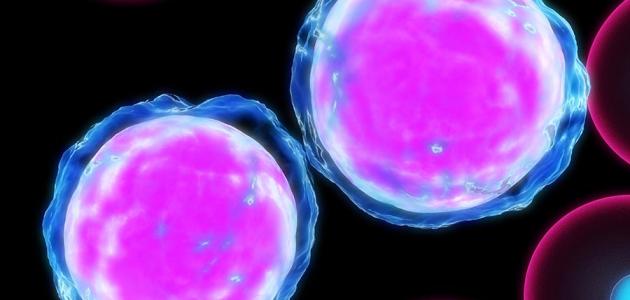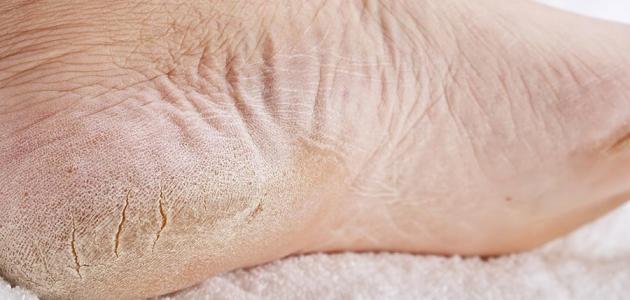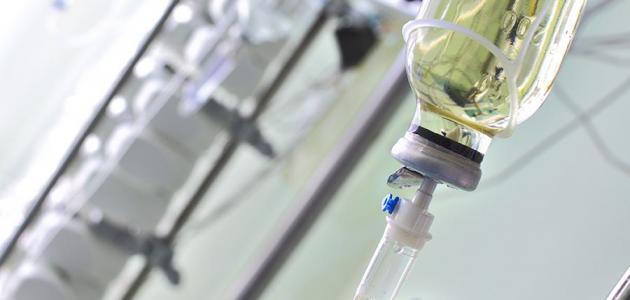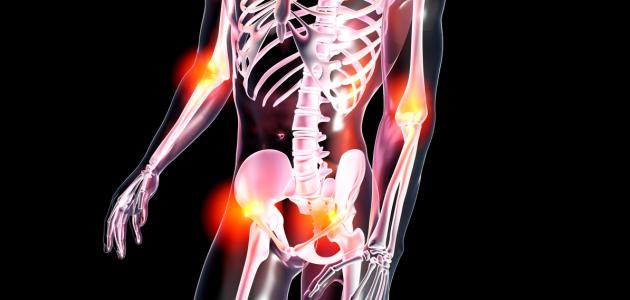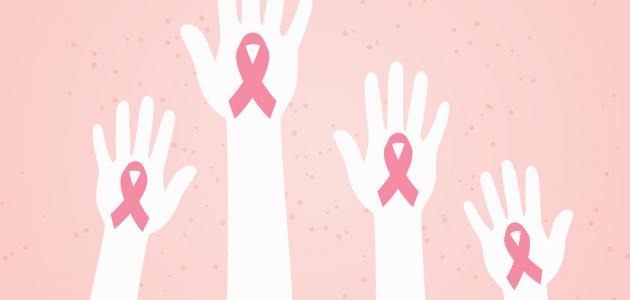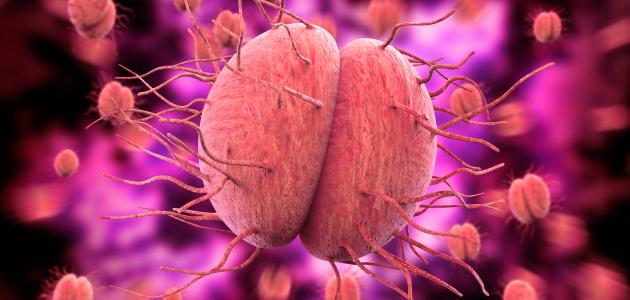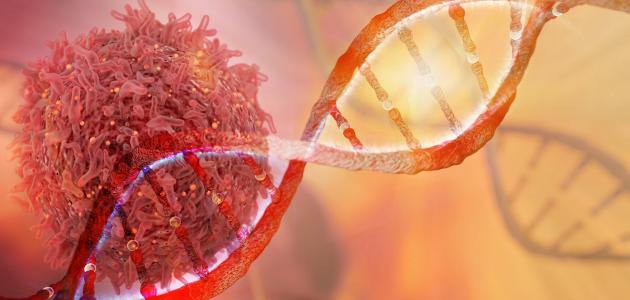Contents
Thalassemia disease
Red blood cells contain a protein known as hemoglobin, and this protein transports oxygen and nutrients to the various cells of the body, and among the diseases that are associated with disturbances in hemoglobin is the disease known as Thalassemia , and therefore thalassemia can be defined as a group It is one of the hereditary diseases that affect the body's ability to produce hemoglobin, which will result in the patient suffering from anemia . In fact, approximately 100,000 children are born annually with thalassemia, and this disease is transmitted from parents to their children, as it appears in a person if two genes meetThe disorder related to thalassemia, and therefore it can be said that the presence of one of these genes does not cause the emergence of the disease, rather it is limited to the person being considered a carrier , and this individual lives a very normal life, and is not considered to have Thalassemia. A person to whom two of these genes are transmitted from his parents is considered infected with the disease and not a carrier of it, and suffers from symptoms and problems of the disease completely, and it is worth noting that there are two types of thalassemia, as for the first type it is known as Alpha Thalassemia, and the second type It is known as Beta Thalassemia. [1]
Symptoms of thalassemia infection
Red blood cells in fetuses contain hemoglobin of a different type from hemoglobin found in adults, and by the end of the fetus six months of age the hemoglobin changes to become the same as the type found in adults, and this may explain the absence of symptoms in cases of beta thalassemia and some cases of alpha thalassemia until the fetus Six months of age, and it is worth noting that the symptoms differ from one patient to another depending on the type of thalassemia, but the most important and most common symptoms can be summarized as follows: [2]
- Jaundice and paleness of the skin.
- Feeling dizzy and general fatigue.
- Increased susceptibility to infection.
- Dizziness and fainting.
- Headache .
- Delayed growth.
- Increase the speed of the heartbeat .
- Cramps in the muscles of the legs.
- Cold extremities, i.e. hands and feet.
- Feeling of chest pain.
- Shortness of breath .
- Malnutrition.
Diagnosis of thalassemia
By conducting a blood test, it can reveal that a person is a carrier of thalassemia, but in cases where a person is infected, the diagnosis is often made when a person reaches the age of two, and among the tests used to detect thalassemia are the following: [2]
- Comprehensive blood count: , and that because of its role in detecting the level and size of the cells of red blood, in addition to his role in a statement the rate of hemoglobin in the body.
- Number of retinal cells: , can be defined retinal cells as small red blood cells , immature, which need about two days during their presence in the course of blood to develop into mature red blood cells, and in fact estimated the proportion of cells the retina in humans proper is A person with blood problems equals 1-2% of the total red blood cells, and an examination that shows the number of reticulocytes reveals the rate at which these cells are formed.
- Iron test: A specialist doctor may request an iron test to try to find out the cause of anemia . In cases where a person suffers from iron deficiency anemia, iron levels are low.
- Genetic testing: A DNA analysis for deoxyribonucleic acid can detect whether a person has thalassemia or the genes responsible for developing thalassemia.
- Prenatal tests: The fetus can be known for thalassemia before its birth by performing one of the following tests:
- Amniocentesis: It is most often performed in the 16th week of pregnancy.
- Chorionic villus sampling, usually done in the eleventh week of pregnancy.
Complications of thalassemia
Suffering from thalassemia may have some complications, including the following: [3]
- Hyper - iron: , may suffer people with thalassemia of excessive iron in the body either because of the disease itself, or because of operations of treatment of blood transfusions , and regardless of the cause of the excessive iron causes to cause damage to some members Including the heart, liver, and endocrine system, which is a group of glands responsible for many functions in the body.
- Infection: People with thalassemia usually have a high risk of infection, especially in cases where the patient has undergone surgery to remove the spleen.
- Enlarged spleen: The function of the spleen is to fight infection and get rid of dead and damaged cells as well, and because thalassemia is mainly by destroying red blood cells, the spleen increases in size in an attempt to complete its function, and by increasing the size of the spleen, Anemia worsens, and the specialist may resort to removing the spleen in some cases when it is very bothersome.
- Heart problems: , and in severe cases of thalassemia, and examples of heart problems that may be experienced by the patient in such cases , the failure of heart failure and disorder cardiovascular systems .
- Slow growth rates: , slowly thalassemia may cause the growth of the child, as well as the late arrival of adulthood.
- Bone disorders: , it is possible to cause thalassemia spillover of the bone marrow, which in turn expands the bone, making bones appear abnormally, especially the bones of the skull and face, and on the other hand , the expansion may cause the bones by making them brittle and this increases the risk of The victim suffers from bone fractures.
References
- ↑ "Learning About Thalassemia" , www.genome.gov , Retrieved April 20, 2018. Edited.
- ^ A b "Everything You Need To Know About Thalassemia" , www.medicalnewstoday.com The , Retrieved April 20, 2018. Edited by .
- ↑ “Thalassemia” , www.mayoclinic.org , Retrieved April 20, 2018. Edited.


